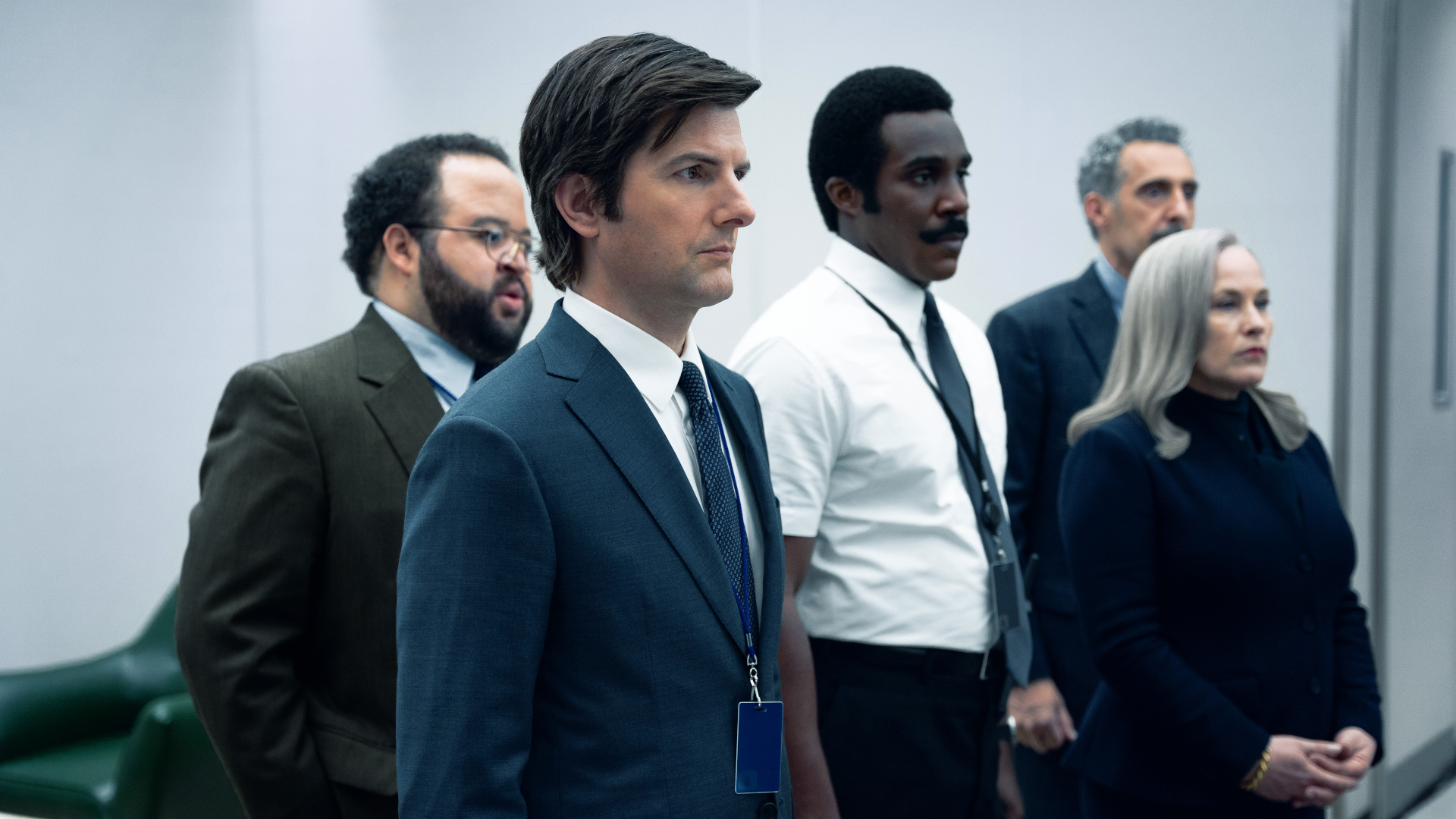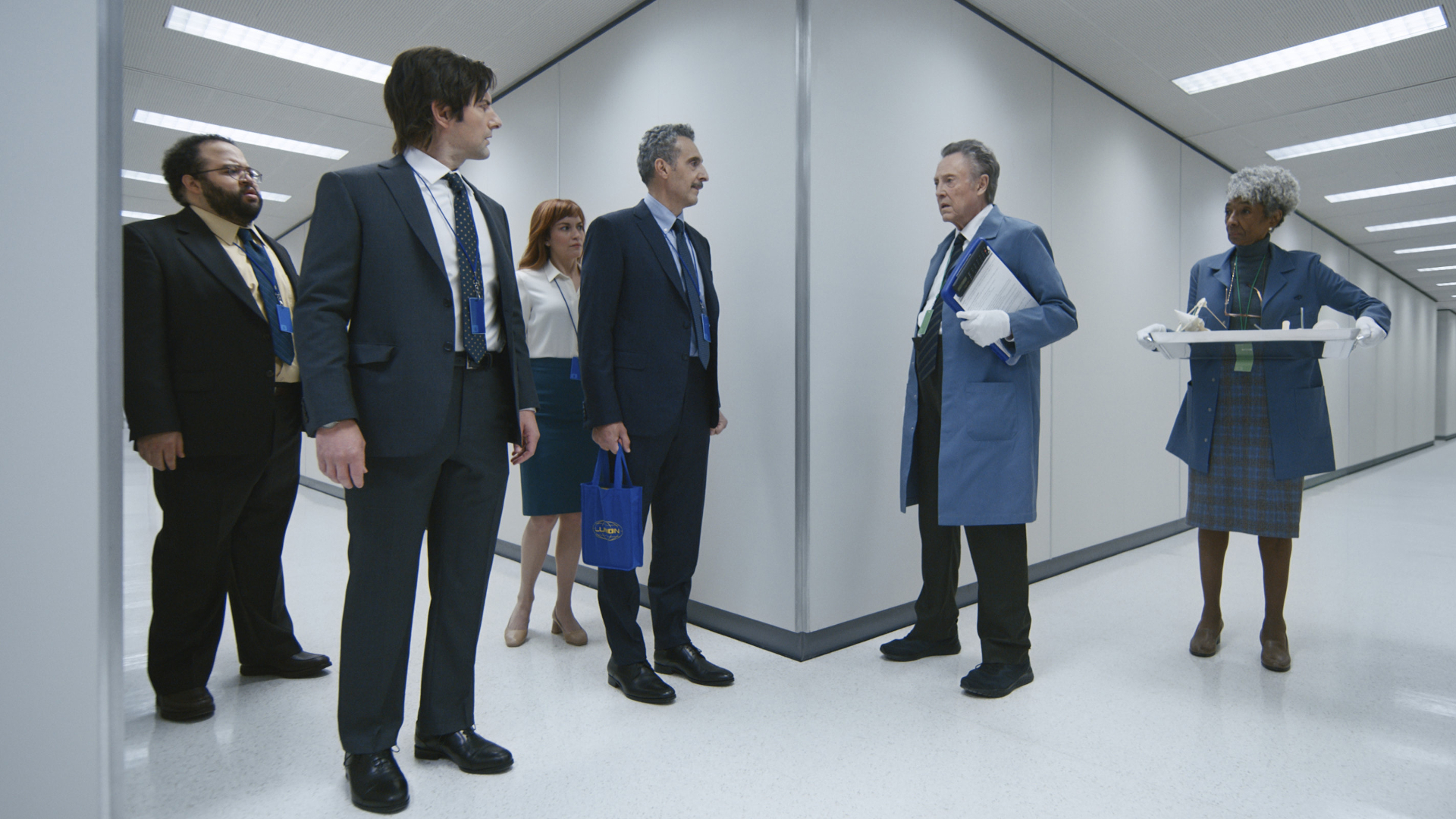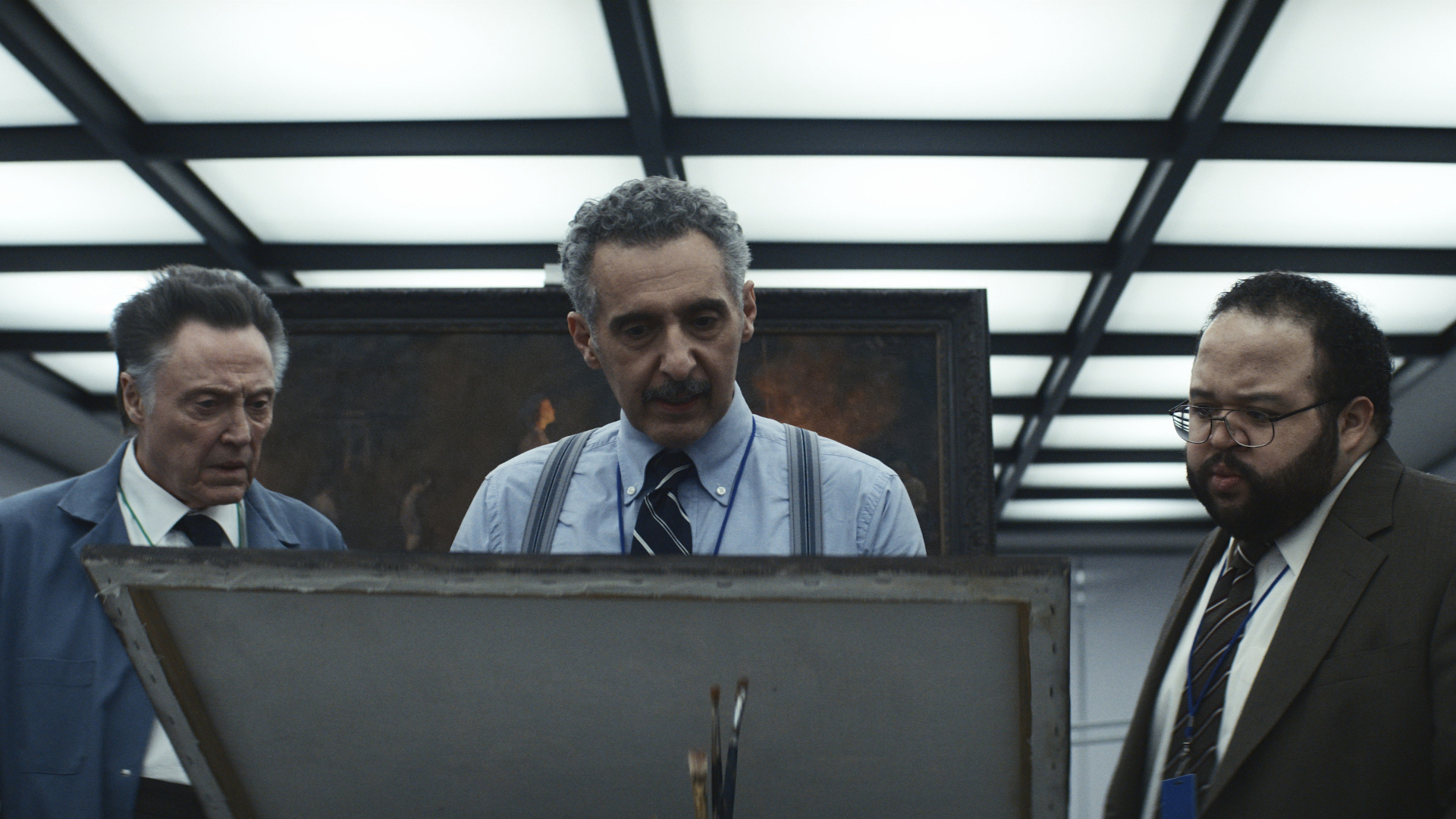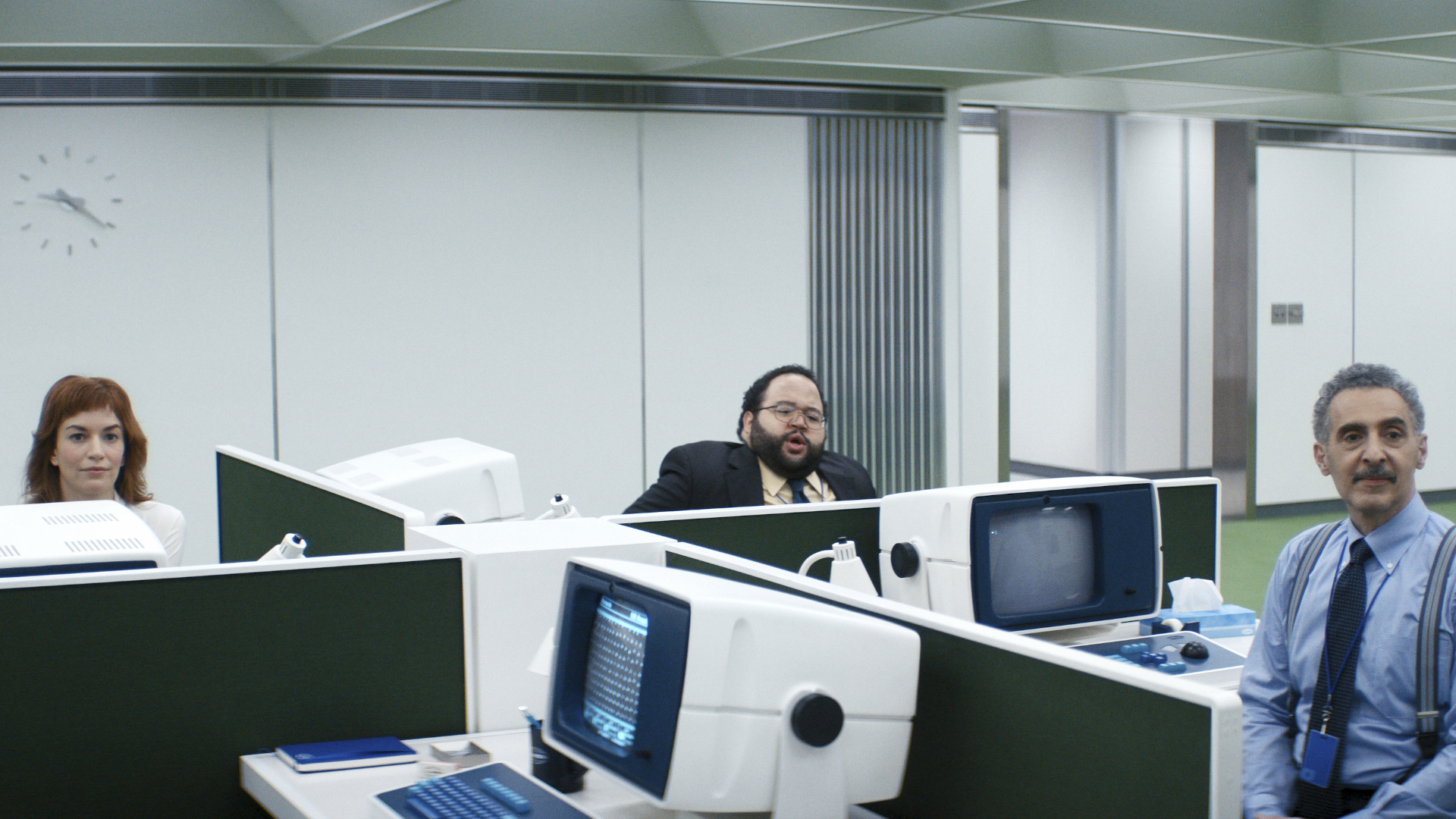Apple TV's Severance explained: Is the personality-splitting procedure actually possible?
The Apple TV show Severance introduces the idea of medically separating your mind into two distinct halves, but how far from reality is this idea?

Severance, the hit Apple TV Plus show that landed on our screens earlier this year, truly spoke to the current moment. A world where shadowy, uncaring corporations seek to control our lives, subsume our entire identity within the company apparatus, and manipulate us while promising 'work-life balance' – all of these things will feel familiar to office workers in the modern world.
Severance works from a fascinating premise – what if you could separate your home life and work life, permanently? What if a one-off medical procedure could split your psyche in two, creating a willing worker bee when you come on-site, and a work-free self when you go home to relax, neither aware of the other?
The show, directed by Ben Stiller and Aoife McArdie, taps into a deep desire to have distance from the persona we play in the workplace, to not be defined by our jobs, and to make the hours at the desk skip by as fast as possible. Show creator Dan Erickson was inspired to write the pilot while working "a series of office jobs" in LA, wishing he could "disassociate for the next eight hours" while also being deeply disturbed by the thought, he told the Seattle Times.
But how would such a medical procedure actually work, and is there any basis in science? Oh, and if you want to check out the show, our Severance streaming guide will show you how to watch it online while also going over the plot, cast, and rumors for season two.

The idea of mental segregation in the workplace isn’t new to sci-fi. Philip K. Dick explored it in his novelette Paycheck (1952), in which an engineer has his memory erased after completing a two-year contract with his employer, afterward having no idea what work he actually undertook. And Severance toys with a similar premise, seeing its workers have no idea what happens inside the office after they leave it, their tormented 'innies' (or in-house, employed selves) ceasing to exist for the remainder of the day.
When it comes to actual science, and not science fiction, it's a little trickier, though there are parallels within both psychology and the meatier aspects of brain surgery. Bear with us.
Dissociative identity disorder (DID) is, as a 2014 report in the Australian and New Zealand Journal of Psychiatry puts it, "a rare condition in which two or more distinct identities, or personality states, are present in – and alternately take control of – an individual."
The paper’s authors add that "DID reflects a failure to integrate various aspects of identity, memory, and consciousness into a single multidimensional self."

The U.K. mental health charity Mind describes DID as when "different aspects (states) of your identity may be in control of your behavior and thoughts at different times." This disorder can see your identity split into distinct parts, each with "different patterns of thinking and relating to the world," possibly with distinct ages and genders, and even amnesia that means "you don’t remember what happens when another part of your identity is in control."
Some people experience such "dissociative amnesia" in isolation, outside of the context of DID, according to the National Alliance on Mental Illness (NAMI). These individuals may forget experiencing specific events, or more rarely, they may forget information about their identities and life histories.
People with dissociative disorders, including both DID and dissociative amnesia, sometimes have non-epileptic seizures, meaning seizures that often stem from mental stress rather than unusual electrical activity in the brain, NAMI notes. We actually see a seizure occur in one Severance character, Petey, after he attempts to reverse the severance procedure and reintegrate both halves of his psyche.
Erickson specifically says that Severance explores the "idea of disassociation" and the way we suppress or bury parts of ourselves within us – following a grieving man who "would willingly cut his life in half" for respite from himself (as well as a decent paycheck).

However, the show Severance repeatedly refers to a 'severance procedure," which involves invasive surgery into the human brain itself, and things get even trickier here.
A recent study at Carnegie Mellon University in Pittsburgh, Pennsylvania, showed the extent to which a human could still utilize their mental faculties, even with an entire brain hemisphere missing, New Scientist reported.
Marlene Behrmann and her colleagues studied 40 people who'd had half their brain surgically removed in childhood to help them manage epileptic seizures and compared aspects of their cognitive ability to adults with both hemispheres still intact. The researchers "wanted to find out how the loss of either brain hemisphere affects our ability to recognise words and faces – word recognition is generally processed in the brain’s left hemisphere and face recognition in the right hemisphere."
The team expected those with only the right hemisphere to perform better at face recognition and worse at word recognition – vice versa for those with only the left half of the brain. But they found subjects were equally competent at both tasks (albeit a bit less successful than the control group), suggesting that either hemisphere was able to provide the mental resources and ability required for either task.

Crucially, this was only the case for those who had a hemisphere removed in childhood, at a time when the brain is still developing; University of Edinburgh psychology lecturer Daniel Mirman told New Scientist that a child’s brain was still very "plastic," adding that "if only one hemisphere's resources are available, then both behaviors will rely on that resource rather than splitting it between the two hemispheres."
So the findings aren't really applicable to adult office workers, per se, but it’s fascinating to consider that either brain hemisphere could work in isolation.
In the context of Severance, it could be that the word 'sever' applies not only to the splitting of psyches, but also the disconnection of parts of the brain – like cutting the extension lead between your laptop and monitor, ensuring they can no longer communicate with each other. That said, one's "work personality" and "home personality" are not housed in distinct regions of the brain, so disentangling these connections would be incredibly difficult. What's more, the severance procedure would need to be tailored to each individual's brain.
The series also makes reference to some kind of surgical microchip, which is installed in the brain and allows Lumon Industries to remotely switch employees between their separated psyches at will.
This is reminiscent of the health-tech startup NeuraLink, co-founded by Elon Musk, which has spent several years working to create neuro-technological implants in the human brain – initially for the treatment of brain diseases, but ultimately in the service of (as Musk told Insider) 'symbiosis with artificial intelligence."
Watch Severance on Apple TV+ for free with the 7-day free trial. Subscriptions cost $4.99 / £4.99 per month after the trial period ends.
Watch Severance on Apple TV+ via Apple One with the 7-day free trial. You also get access to Apple Music, Apple Arcade, Apple News+, Apple Fitness+ and iCloud+. Subscriptions start from $14.95 / £14.95 after trial period ends.
The startup has made limited progress on those grand claims, despite making for some impactful headlines, and allegations of animal cruelty in its early experiments, a possible parallel with the psychological torture and medical experimentation inflicted on Lumon Industries' severed employees (and some goats, being bred for unclear purposes). Of course, while similarities can be drawn between NeuraLink and Lumon, it's key to note that a number of other research groups are also working to develop brain-computer interface technologies, many for the purpose of treating disease.
We're talking about sci-fi, of course, rather than real life – and the show is content to handwave the particularities of the procedure to focus on the resulting psychodrama instead.
It's been said that, if the brain were so simple that we could understand it, we would be so simple that we couldn't. But it's clear that, as our understanding of the human brain develops, so too does our ability to impact, manipulate, or dissever aspects of its biological state – for good, or for otherwise.
Sign up for the Live Science daily newsletter now
Get the world’s most fascinating discoveries delivered straight to your inbox.
Henry St Leger is a freelance news writer, commissioning editor and all-round geek for the worlds of technology and entertainment. He has years of experience in gadget reviews, has been interviewed live on both BBC World News and Channel News Asia, and will talk endlessly about Neon Genesis Evangelion to anyone who will listen. Bylines include TechRadar, Edge, Space.com, Digital Camera World, and Little White Lies.












